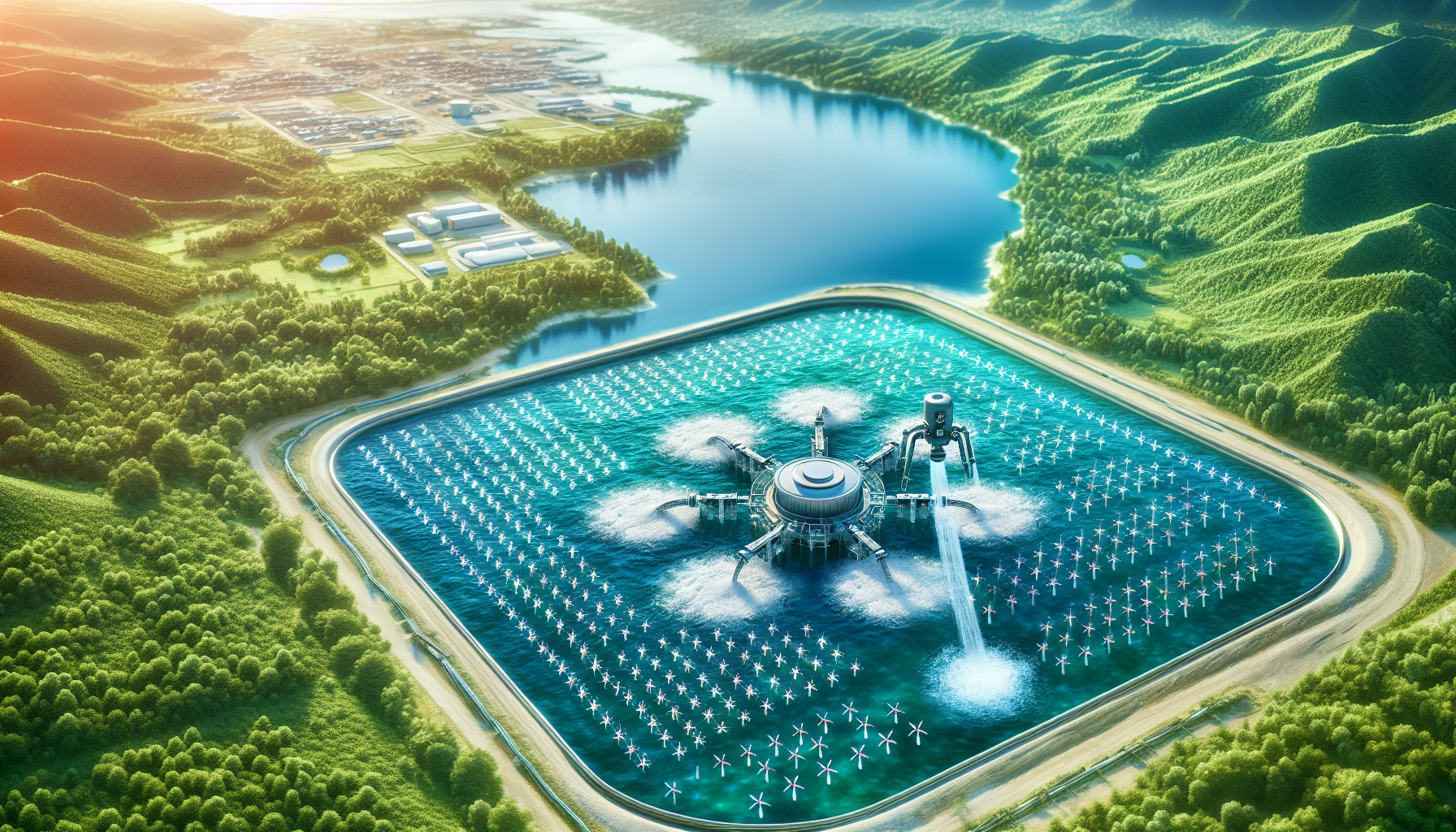Nanotechnology, the manipulation of matter on an atomic or molecular scale, is increasingly becoming a pivotal tool in the quest for environmental sustainability. Its applications in environmental cleanup, particularly in water purification and pollution management, are proving to be transformative, offering innovative solutions to age-old ecological challenges.
Water, an essential resource for life, is under significant threat from pollution. Contaminants such as heavy metals, pathogens, and organic pollutants seep into water bodies, posing serious risks to ecosystems and human health. Traditional water treatment methods often fall short, either due to inefficiencies or high costs, which has driven scientists to explore the potential of nanotechnology in this domain.
Nanomaterials, with their high surface area-to-volume ratio and unique physical and chemical properties, are ideal candidates for water treatment. One of the most promising applications is the use of nanoparticles to adsorb contaminants. For instance, iron oxide nanoparticles have shown exceptional ability to bind with heavy metals like arsenic and lead, effectively removing them from water supplies. This adsorption technique can be tailored to target specific pollutants, enhancing the purification process's efficiency.
Moreover, nanotechnology allows for the development of advanced filtration systems. Membranes embedded with carbon nanotubes or graphene oxide offer superior permeability and selectivity, enabling them to filter out microscopic pollutants, including bacteria and viruses, more efficiently than conventional membranes. These nanomaterial-based filters are not only effective but also require less energy to operate, making them more sustainable.
Another innovative approach is the use of photocatalytic nanoparticles, such as titanium dioxide, which can be activated by sunlight to break down organic pollutants, including industrial chemicals and pharmaceuticals, into harmless compounds. This process mimics natural photodegradation but at an accelerated pace, and without the need for additional chemical agents, making it an environmentally friendly option.
Beyond water purification, nanotechnology is also playing a crucial role in pollution management on a broader scale. Nanomaterials can be engineered to detect pollutants with high sensitivity and accuracy, providing crucial data for environmental monitoring. This capability is key in the early detection of contaminants, allowing for timely intervention before they cause extensive harm.
Furthermore, the ability of nanotechnology to create self-healing materials can be leveraged in the development of coatings that prevent the spread of pollutants. For example, surfaces coated with nanoscale films can repel water and oil, reducing the adhesion of pollutants and making cleanup efforts more straightforward and effective.
Despite the significant potential and advancements, the application of nanotechnology for environmental cleanup also raises concerns that need to be addressed. The long-term environmental impact of widespread nanoparticle use, potential toxicity, and safety regulations are areas that require careful consideration and rigorous research.
In conclusion, nanotechnology is carving a path toward more effective and sustainable environmental cleanup methods. With continued research and development, it holds the promise of revolutionizing the way we manage and mitigate pollution, ensuring a cleaner and healthier environment for future generations. The integration of nanotechnology in environmental strategies represents not just a technological advancement, but a pivotal step forward in global conservation efforts.
